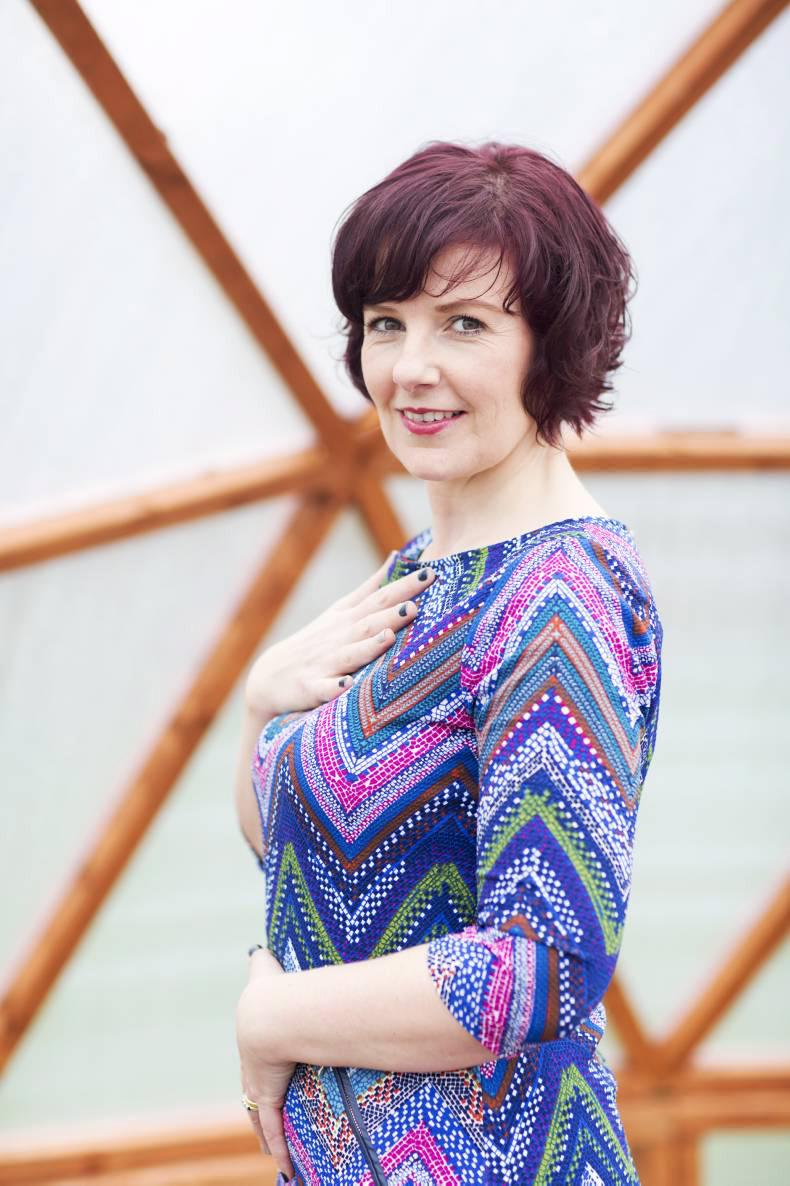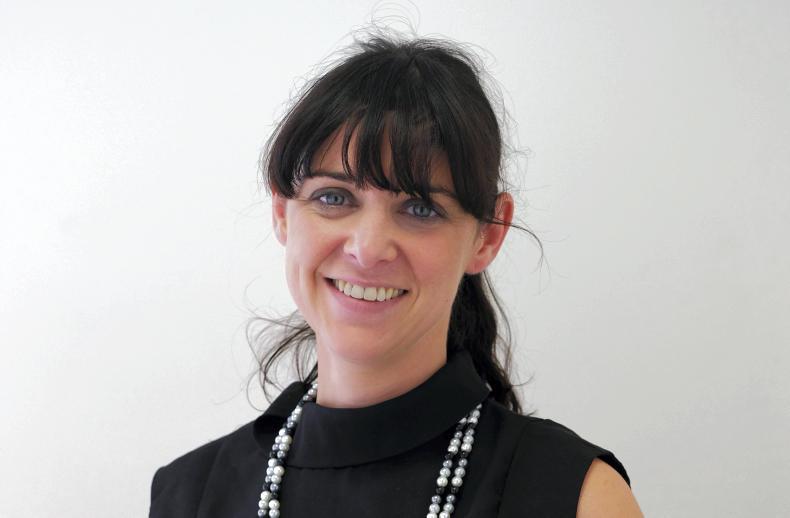September brings with it a multitude of things to hang one’s tendency to worry upon.
For some, it will signal the first time for their child to go to Montessori, playschool, big school, return to school or even a change of school. For others, it will mean a move to secondary school or to college and/or living away from home for the first time.
All of these changes bring about great joy and excitement in the lives of everyone concerned, but as parents and caregivers, these changes often come with overwhelming worry, which if left unchecked can turn into great anxiety. Worry can take many forms: worry about everything being okay for our nearest and dearest in their latest milestone, worry about getting older, as well as the additional worry about the financial implications of all of these changes. Back to school time can be a trying time in more ways than one.
When we start to think about the future and what might happen, more often than not we’re actually thinking about the worst-case scenario: What if my child gets bullied? What if my child fails her exams and then won’t be able to get a job? What if I lose my job or get sick and won’t be able to pay for my child’s accommodation or the mortgage or the car?
As if thinking the worse case somehow prepares for that eventuality. We, as humans, are hardwired to amplify the bad and minimise the good for very solid evolutionary reasons.
When we worry about anything, we don’t just have worried thoughts in our mind, but we also experience a physical reaction to those thoughts. We’re experiencing those thoughts as if what we’re thinking about really is happening to us.
Worrying process
In the midst of this worrying process, you might find your heart racing, your breath becoming more rapid, your palms sweating, your feet fidgeting; lots of indications that you just want to get out of there, you don’t want to have to deal with these awful things – you are firmly in fight or flight mode.
However, you are not in any real immediate danger of things all falling down around you, but you are caught up in your own thoughts as if they were really happening, but they’re not happening. So, what to do?
Pause for a moment and breathe. Notice what is happening in your mind and your body, begin one of our mindfulness practices and you will soon see that these physical reactions are symptoms of the movie you’re playing out in your head and you can gain control of them.
Now, it’s important at this point to remember that our brain is hardwired to behave in this way, so it’s not your fault that you think worst-case scenario, so please do not give out to yourself for being silly/bringing it all on yourself/not being able to pull yourself together.
However, there is something you can do to change this process. You are not powerless and resigned to this type of thought process for the rest of your life. Through our mindfulness practice, we are creating new neural pathways by bringing awareness to how we think, not necessarily what we think.
Worry will still exist, but we can change our relationship towards it and therefore make it more manageable. Through our mindfulness practice, we can really make a positive change to our everyday lives: worry less, live more. It does take a commitment to the 3Ps: Practice, Patience and saying Pleasant things to yourself.
“Some of the worst things in my life, never even happened,” Mark Twain.
Mindfulness Practice
There’s something about putting your hand close to your heart that is an act of kindness towards yourself, an offering of “don’t fret now child, things will be okay”.
Each time you find yourself feeling that familiar sensation of worry and anxiety creeping up on you, place your hand on your upper chest and breathe but try to really notice your breath, your chest rising and falling –try to hold your attention there.
Now, your mind will want to wander off, but keeping your attention on your breath with your hand on your chest is the practice. Each time you feel your attention wandering, just kindly bring it back to your breath.
This practice can be done sitting in the car, in bed at night, standing in a queue. Any time where worry might begin to grab your attention, take firm hold of your own attention and place it on your hand on your chest, breathe deeply and continue with your practice for as long as it takes.
It is particularly helpful – I would say necessary – for your long term peace of mind to call on this practice at times when you are not feeling worried, stressed or anxious, thus helping you refill your reservoir of calm so it’s readily at your disposal in times of stress.
Physical Practice
Our physical practice this month is another lovely one we can do in our chairs.
If you shuffle to the front of your chair and reach both arms back to hold on to the back of the chair, then lean forward with your chest as you gently squeeze your shoulder blades together. If it feels comfortable enough for you, you can also bring your chin towards your chest as you inhale and chin off your chest as you exhale.
Stay here for 10 to 12 breaths and repeat as often as you like during your day.









SHARING OPTIONS